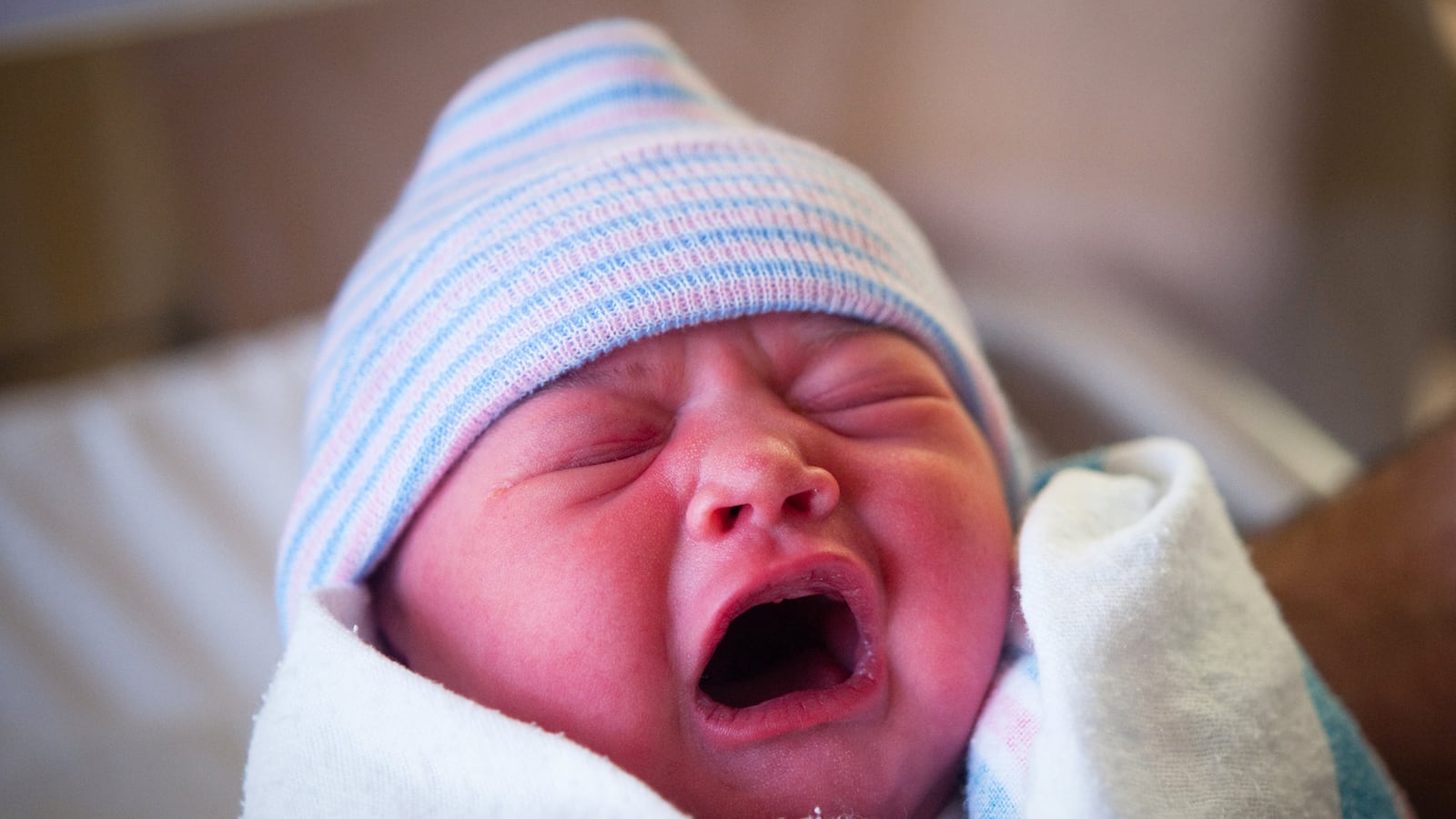A funny thing happened as the public continued its snarling argument about abortion, access to birth control, and the appropriate role of sexual abstinence: the birth rate in the United States declined. A crunch of data from the National Center for Health Statistics has been completed by the Pew Foundation, which has no political agenda to forward or knife to sharpen. The numbers are quite clear; the U.S. birthrate has fallen 8 percent in the last four years, and stands at about 64 births per 1,000 women ages 15-44 years—approaching the lowest rate since 1920, when record-keeping began.

The Pew report convincingly connects the decrease to a struggling economy, citing the well-known, major-league dip in fertility seen in the 1930s during the Great Depression, when the rate sank from about 120 to 75 per 1,000 in just a few years, and didn’t perk up again till after World War II. To support its argument, the foundation demonstrates that states with lousier economies in recent years also had sharper decreases in birthrate. There is a surface logic to the association—it makes sense that economic uncertainly might put a chill on family plans and planning.
But Pew doesn’t answer the real question: what is the exact reason for the decrease? More abortions? More use of birth control devices? Less sex? Or has gay marriage ended procreation as we know it? The explanations are easy to list, but difficult to evaluate.
Here’s an attempt to make sense of the trend. Regarding abortion: abortion rates are tracked, and recent years show a slow decrease in the rate to about 15 abortions per 1,000 women ages 15-44. Assuming the information is accurate—an unsafe assumption, given the intense emotionality around abortion and the potential physical danger to those whose availability to perform the legal procedure is known—a lower abortion rate cannot explain a decreasing birth rate.
What about other types of birth control: condoms, the pill, the intra-uterine device (or IUD). We know that condom use has increased steadily since the emergence of HIV, with ongoing “growth and maturation of the market.” CDC data suggests use may be leveling off—though the emergency supply of 150,000 condoms sent to 2012 Summer Olympics athletes might suggest otherwise. The use of the condom by gay men makes tracking rubber numbers a less reliable variable to monitor when trying to understand a decrease in birthrate. Plus, the condom use was going up in the uber-fertile early 2000s, when the birth rate was climbing as well. Seems unlikely to explain the drop.
Well then, maybe use of the pill and the IUD are on the uptick? Yes, a little. A CDC survey of contraception (PDF) in the U.S. from 1982 to 2008 shows a slow steady rise. This increase however, as with the condom, was ongoing during the second mini-baby boom peak of 2007. So perhaps people are using the birth control methods more effectively, but sheer bulk use of birth control devices does not explain the falling birth rate.
If none of these elucidates the drop, then we are left with one last explanation: maybe people are having less sex. Yes, perhaps the Bush era dream of sexual abstinence has come true, where 2.4 children mean 2.4 sexual conjugations per couple per lifetime. The culture warriors, having lost the gay-marriage battle, actually have won—America in 2012 is the new 1840s Britain, and Queen Victoria stands ready to knock that skinny Kate Middleton off the front page. Who needs her and her sexpot sister anyhow?
That’s a tricky one. To decrease the birth rate would require a big decrease in sexual activity. Here are the numbers: the odds of pregnancy per heterosexual encounter have been determined in a difficult-to-access Italian paper (PDF). Basically, researchers followed 881 couples through 7,017 menstrual cycles, with two stipulations for the volunteers: sex just once per month and no birth control of any sort. They found that on days outside the fertile window, conception occurred about 5 percent of the time, while during the fertile time around ovulation, the rate was 25 percent. Call the overall rate about 10 percent per unprotected intercourse. But protection with condoms or the pill or whatever brings the number way down—let’s say that rather than 10 percent, the rate with protection is 1 percent. That means to prevent one pregnancy an American would have to have sex 100 times less per year, just about a year’s worth of activity. I doubt that’s what’s driving the drop either.
So what we have is something good and welcomed by most, a falling birthrate, and no clue as to why. Inevitably the answer is some mishmash of all of the above, a bit more caution, a few more condoms, better attention to the daily grind of taking the pill, maybe even less coitus—or more coitus interruptus. But we have been so preoccupied with defining and defending how much sex is too much or too little, how old is too old and how young is too young, and who and where and why people should have it, that we have lost sight of the basics. Time and resources would be much better spent studying the remarkable example of American self-control before us than fueling more and more rounds of mutual contempt and derision across the birth control/abortion axis.






